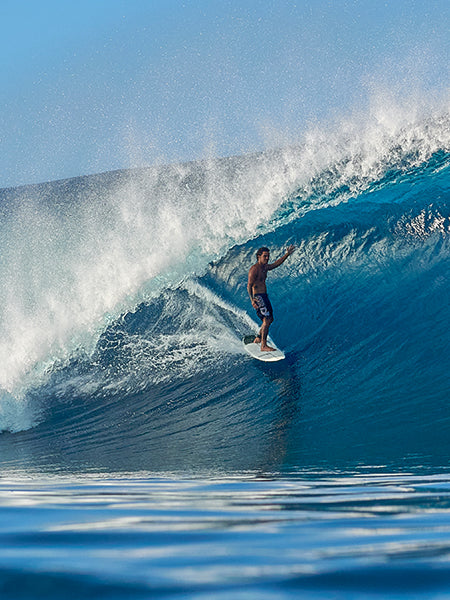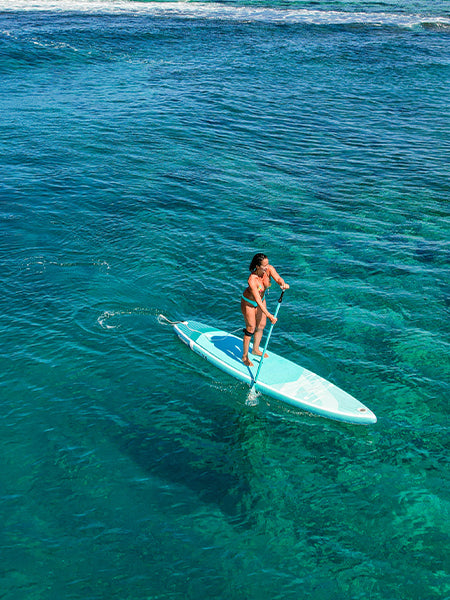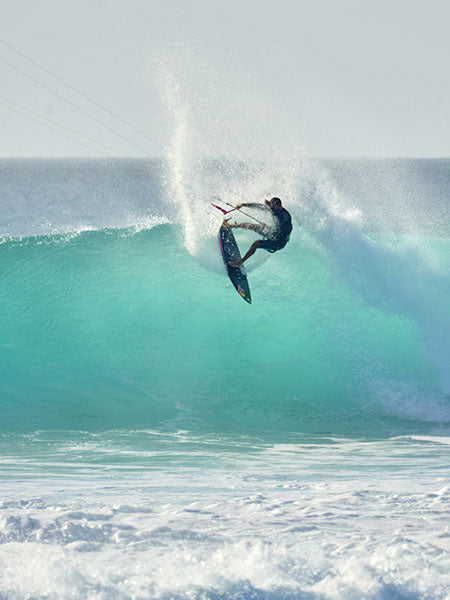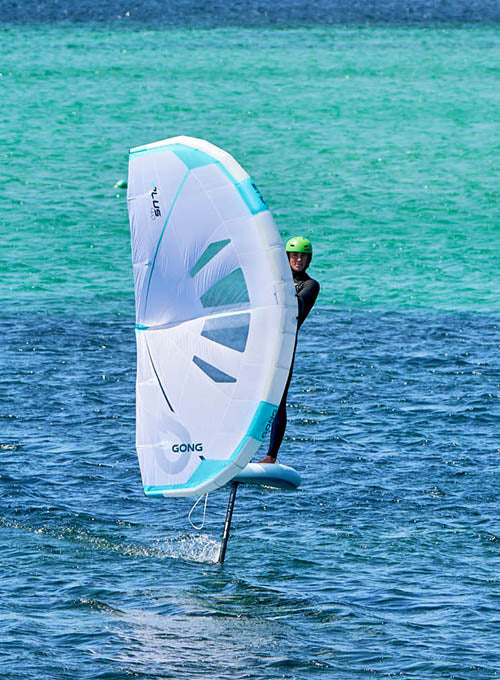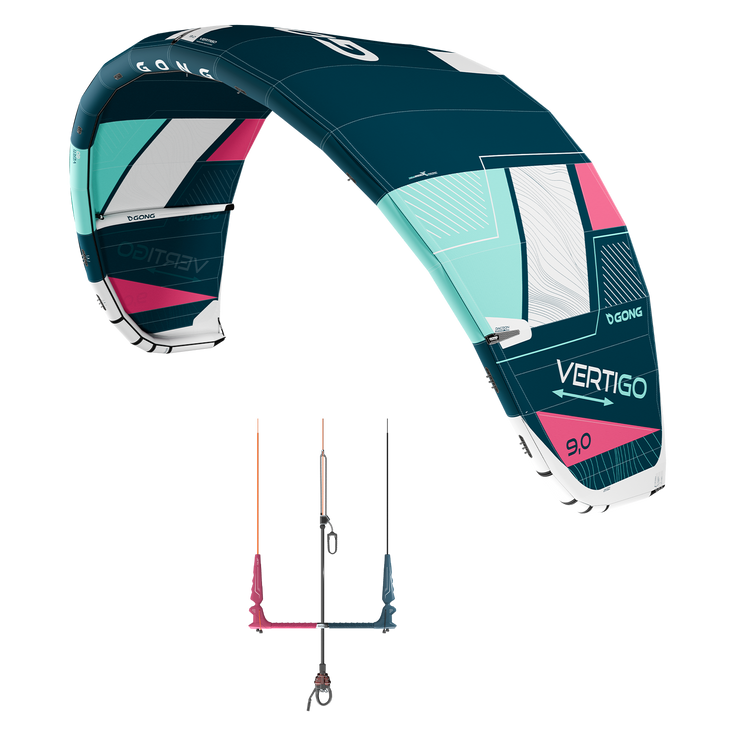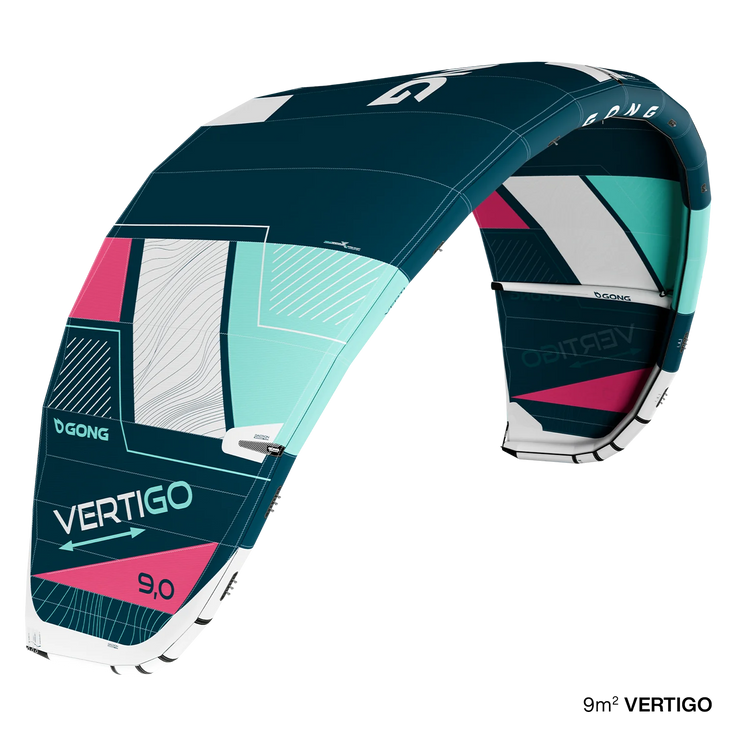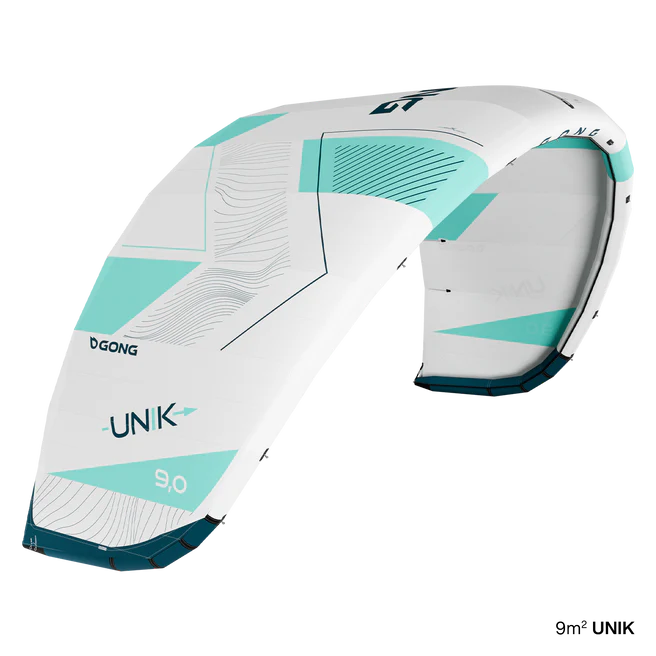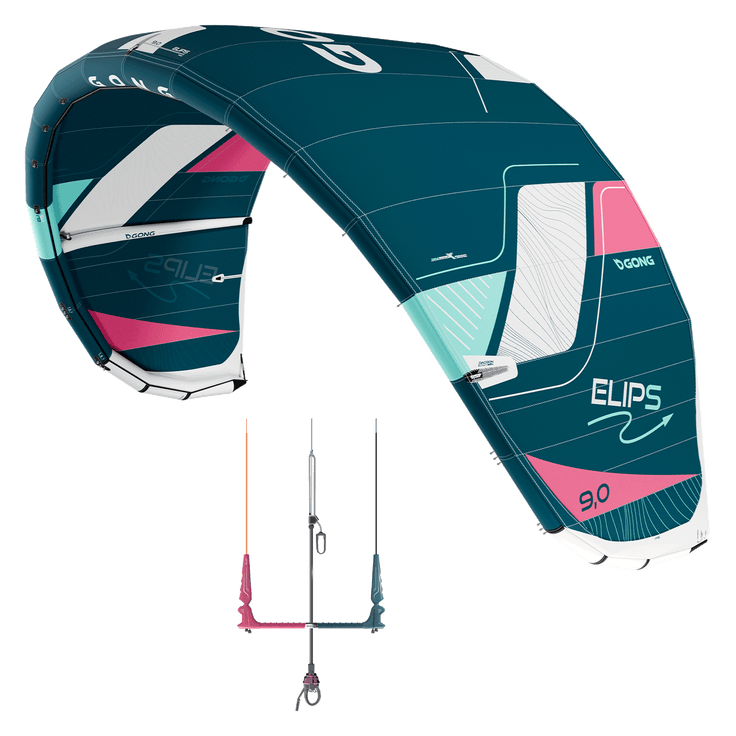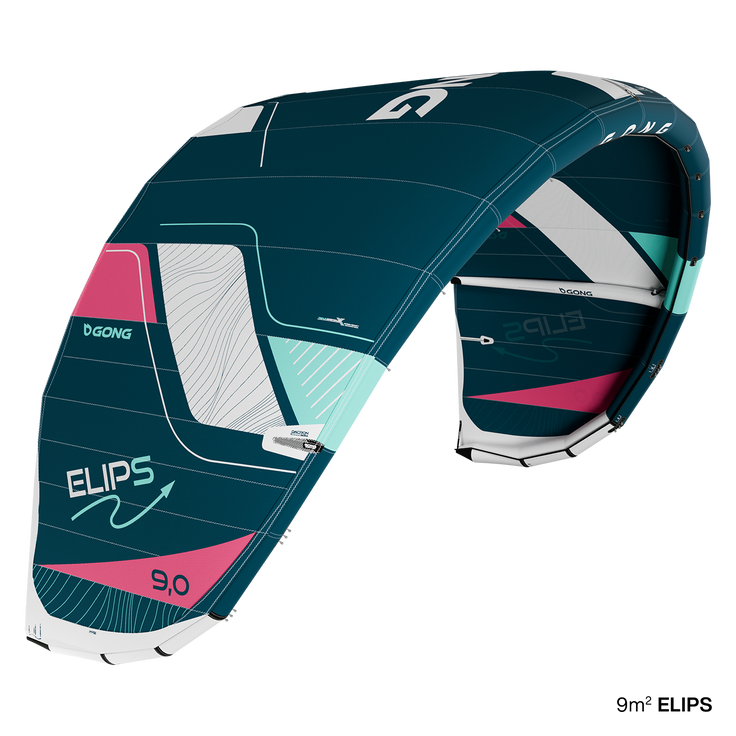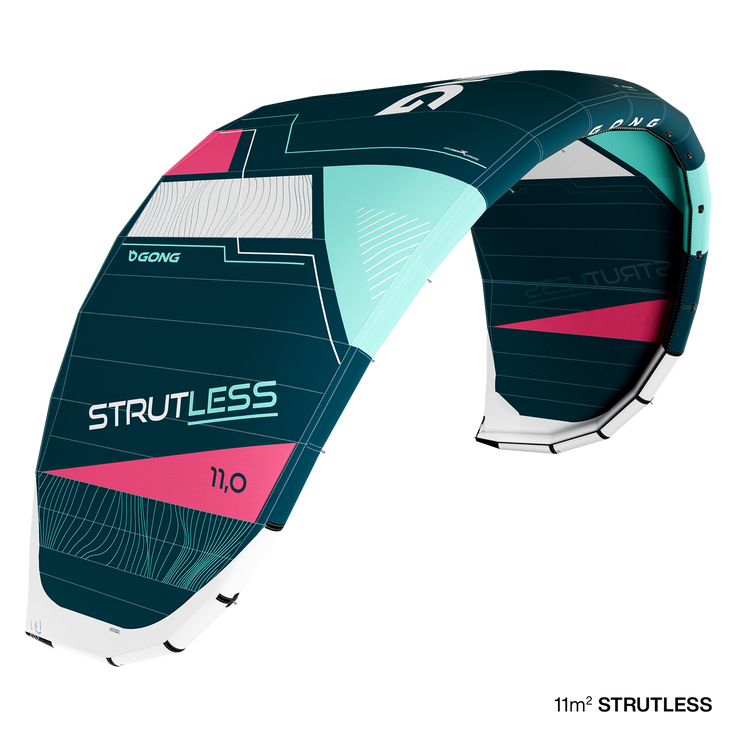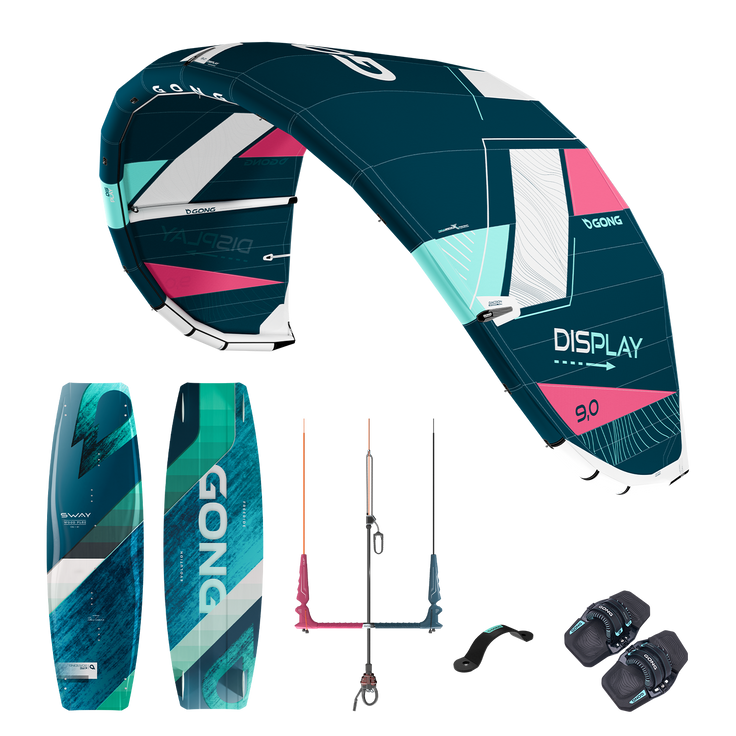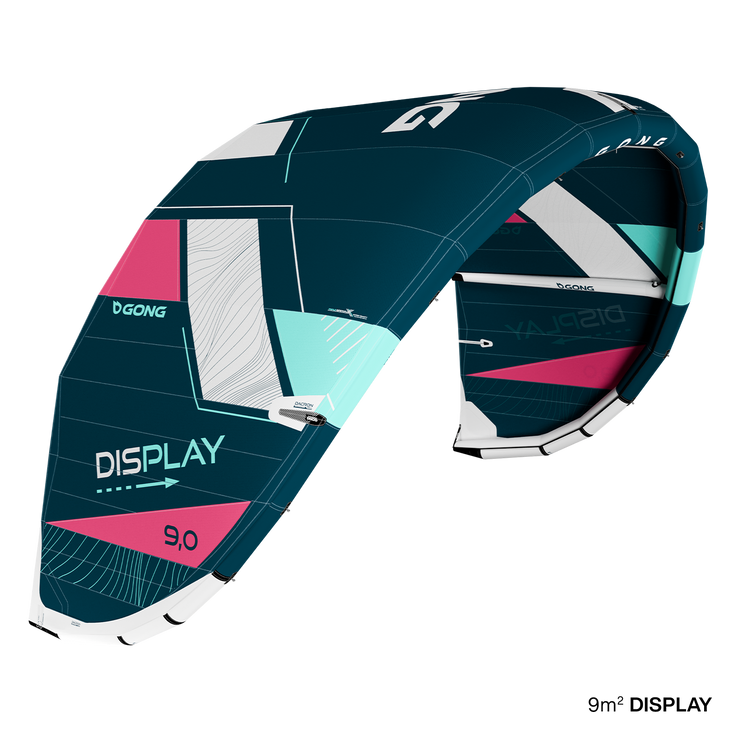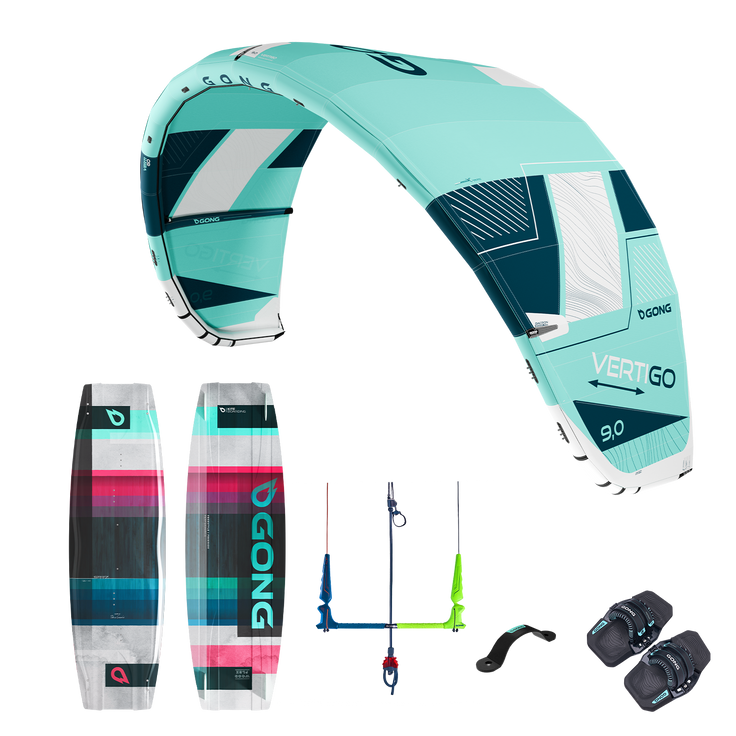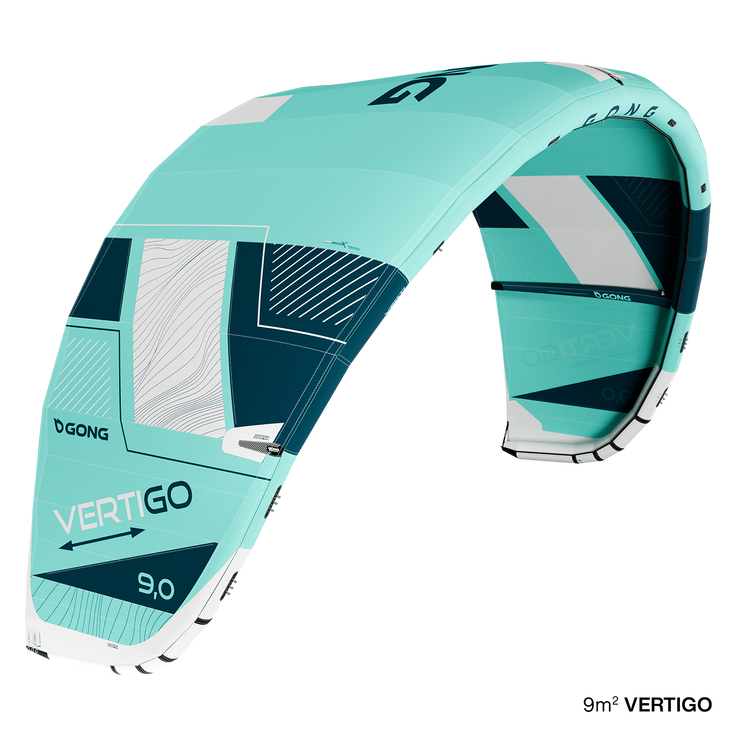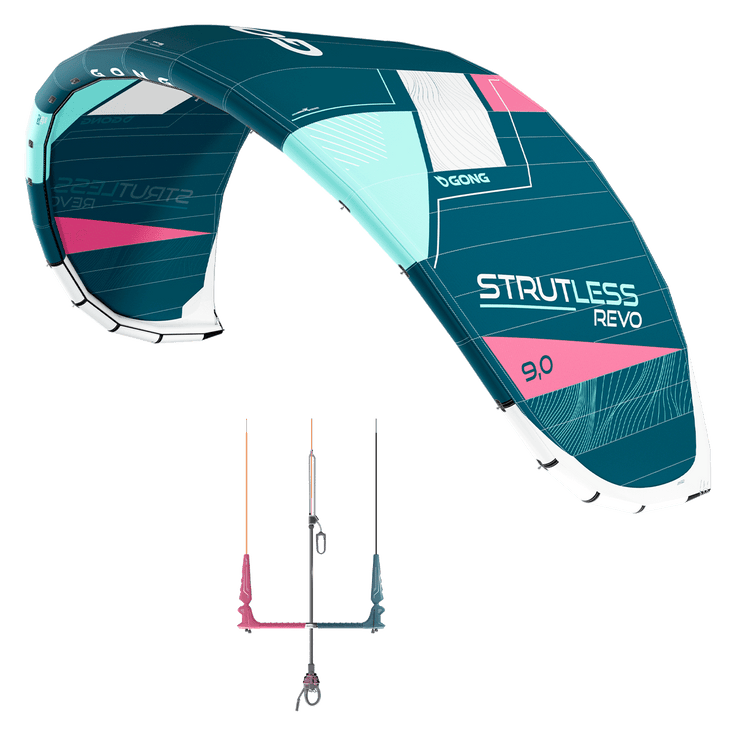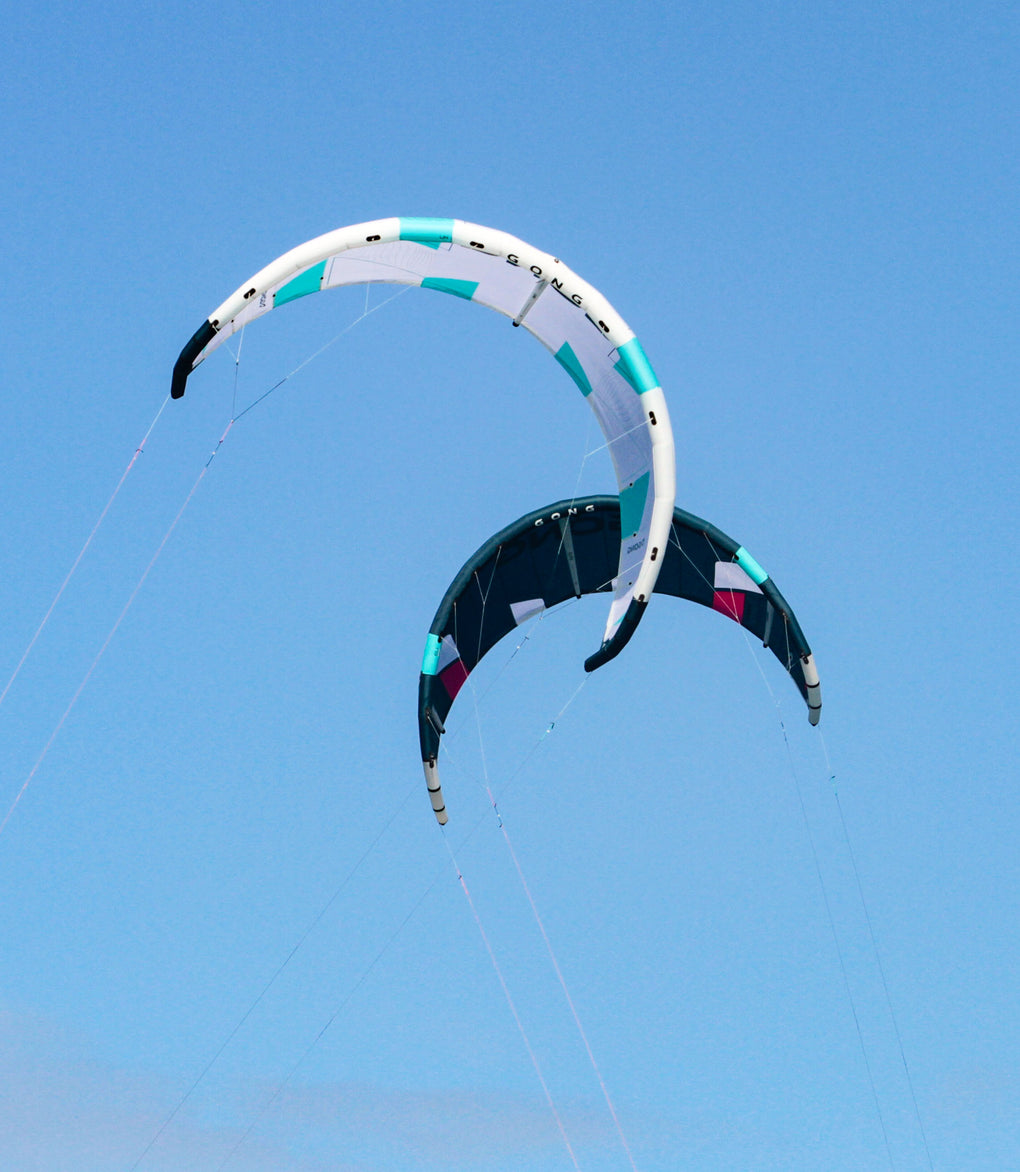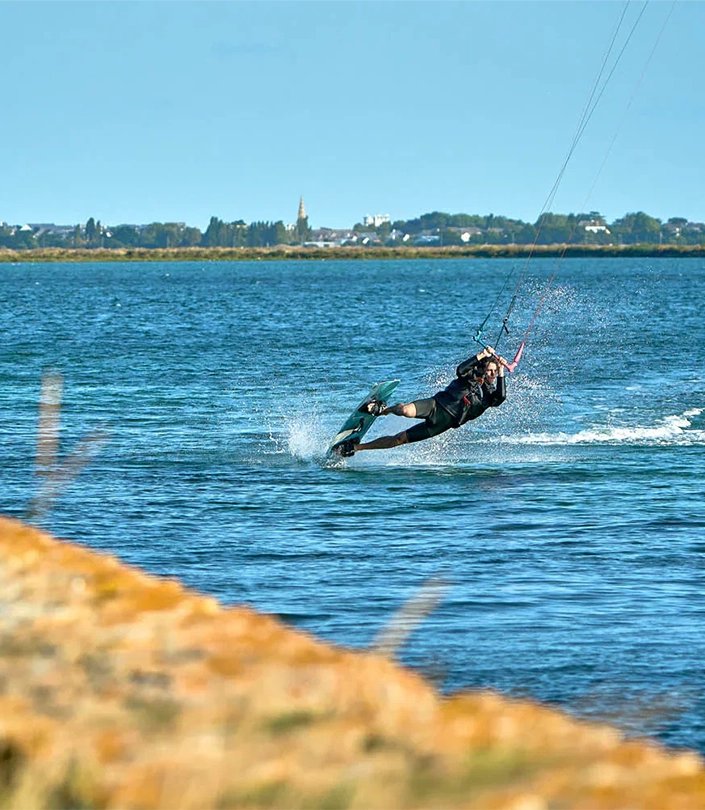heart
heart-full
heart
heart-full
Pack Kite Display & Kite Bar
The freeride kite for confident progress.
Regular Price
839€
Sale Price
839€Regular Price
888€
heart
heart-full
heart
heart-full
Pack Kite Vertigo & Kite Bar
Absolute versatility from freestyle TT to surfing
Regular Price
799€
Sale Price
799€Regular Price
848€
heart
heart-full
heart
heart-full
Pack Kite Unik & Kite Bar
The freeride kite to get the most out of light wind sessions
Regular Price
755€
Sale Price
755€Regular Price
798€
heart
heart-full
heart
heart-full
Pack Kite Ayto & Kite Bar
The G-force machine for boosting big airs
Regular Price
829€
Sale Price
829€Regular Price
878€
heart
heart-full
heart
heart-full
Pack Kite Elips & Kite Bar
The ultimate wave riding kite.
Regular Price
755€
Sale Price
755€Regular Price
798€
heart
heart-full
heart
heart-full
Pack Kite Strutless & Kite Bar
The magic kite to never miss a session
Regular Price
899€
Sale Price
899€Regular Price
948€
heart
heart-full
heart
heart-full
Kite Display & Twintip Sway
The all-in-one freeride & progressive kitesurfing package
Regular Price
1299€
Sale Price
1299€Regular Price
1436€
heart
heart-full
heart
heart-full
Kite Vertigo & Twintip Steez Wood Flex
The complete kitesurf pack to full send on freestyle/freeride perf
Regular Price
1299€
Sale Price
1299€Regular Price
1446€
heart
heart-full
heart
heart-full
Kite Strutless Revo & Kite Bar
The kite foiling and underpowered kite surfing queen of tricks.
Regular Price
709€
Sale Price
709€Regular Price
748€
heart
heart-full
heart
heart-full
Pack Kite & Board Freeride Surf
The freeride pack to surf with style
Regular Price
1120,48€
Sale Price
1120,48€Regular Price
1263€
heart
heart-full
heart
heart-full
Pack Kite & Board Waveriding Freestyle
The complete kitesurf pack to send it in freestyle surfing!
Regular Price
1245€
Sale Price
1245€Regular Price
1397€
heart
heart-full
heart
heart-full
Pack Kite & Board Freestyle Big Air
The ultimate pack to propel you to new heights!
Regular Price
1194,30€
Sale Price
1194,30€Regular Price
1343€
heart
heart-full
heart
heart-full
Pack Kite & Board Freewave
The surf kite progression pack
Regular Price
1279€
Sale Price
1279€Regular Price
1437€
